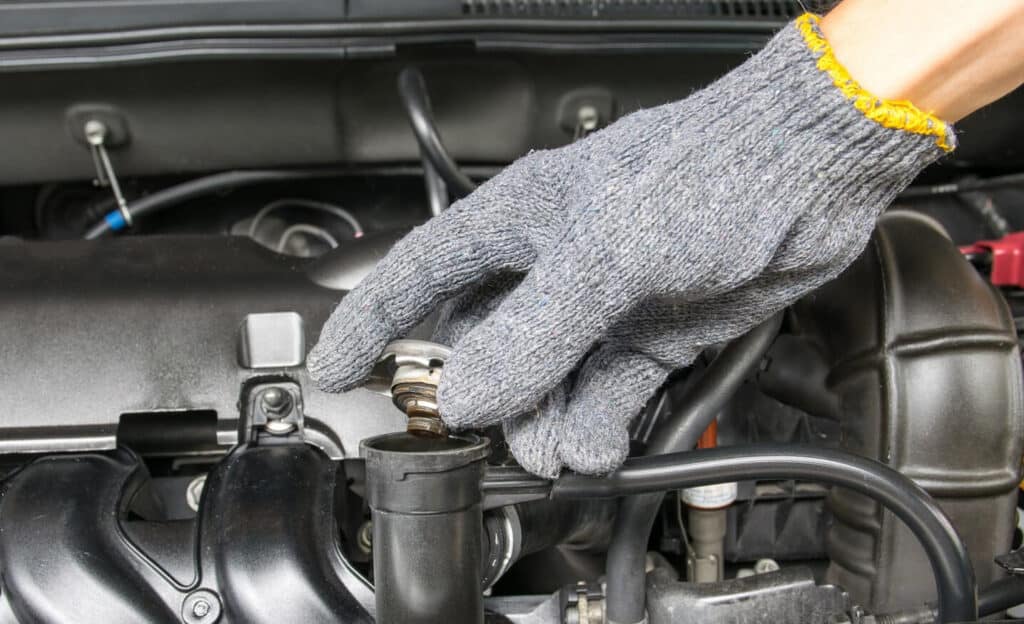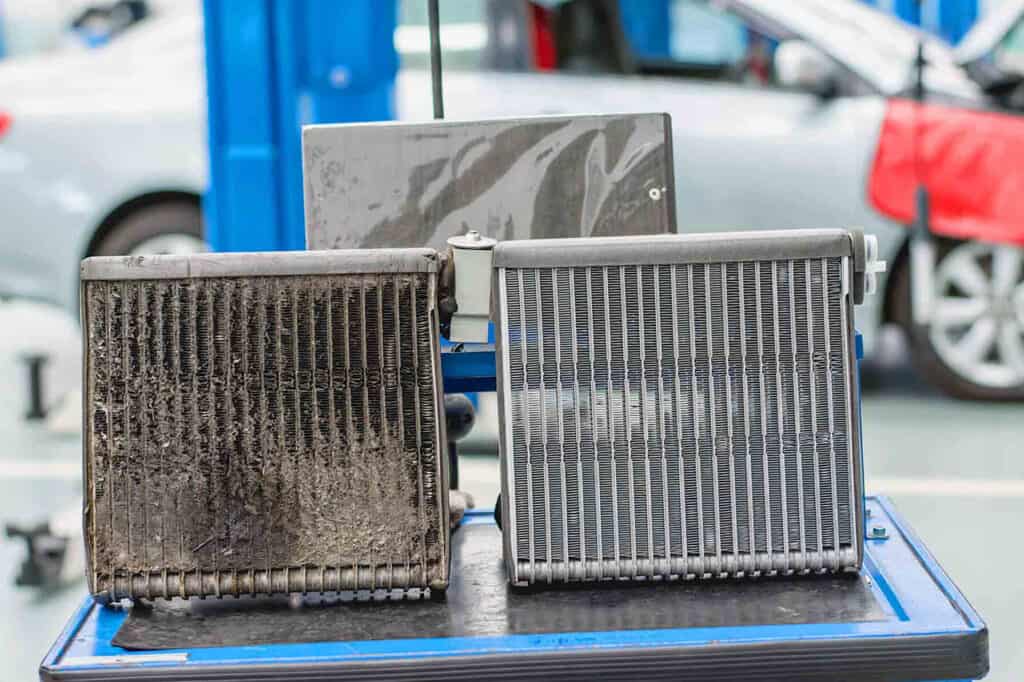Keeping Your Cool—Why Radiator Maintenance Matters
Your car’s radiator is like the drummer in a rock band—easy to overlook but indispensable for keeping the show on the road. The radiator dissipates heat, ensuring that your engine doesn’t go into meltdown mode. Neglect this crucial component, and you could be looking at serious issues ranging from engine failure to even a potential fire hazard.
But here’s the good news: a little preventative maintenance can dramatically extend your radiator’s life. Simply by performing regular checks and using the right products, you can avoid a slew of bigger, pricier problems down the line. Trust us; your future self will thank you.

The Right Fluid: Choosing the Best Coolant for Your Vehicle
When it comes to your vehicle’s cooling system, picking the right coolant is like choosing the right type of blood for a transfusion—there’s no room for error. Different vehicles are designed to work with different types of coolant, often formulated with specific additives that help prevent corrosion and improve heat absorption. Using the wrong type can be detrimental, leading to corrosion and, in some cases, complete radiator failure. If you’re unsure about which coolant is the ideal match for your car, your owner’s manual is the go-to guide. If that’s not handy, consult a trusted mechanic.
Different coolants come with varying properties that can affect your radiator’s performance and lifespan. For example, some have longer life spans, while others are formulated to operate efficiently at extreme temperatures. Choosing the right coolant isn’t just a one-time task; it’s an ongoing investment in your vehicle’s well-being. Going for quality, even if it costs a bit more upfront, can save you money in the long run by reducing the frequency of radiator-related issues.
Flush Out the Problems: The Importance of Radiator Flushing
Think of your radiator as a city’s plumbing system; it’s crucial but not immune to blockages. Over time, grit, rust, and other contaminants can accumulate inside your radiator, reducing its efficiency. A proper radiator flush acts as a detox, cleansing your cooling system of these harmful elements. By flushing the radiator, you improve the flow and efficiency of the coolant, thereby prolonging the radiator’s lifespan and ensuring optimal performance.
How often should this detox take place? Your vehicle’s manual will have guidelines, but a good rule of thumb is at least once a year. Neglecting this important maintenance step can turn your radiator into an inefficient mess that struggles to keep your engine cool. So consider a radiator flush as a small preventive measure with significant long-term payoffs.
Daily Drives and Drastic Temperatures: How Your Environment Affects Your Radiator
Your radiator is not an isolated system; it’s deeply affected by the world around it. Climate can play a significant role in how your radiator performs. For example, if you live in colder regions, you may need a coolant with a lower freezing point to prevent the coolant from turning into a radiator Popsicle. On the flip side, hot and dry climates may necessitate a coolant with a higher boiling point to cope with the heat.
Beyond weather, your daily driving conditions can also impact the radiator. Do you frequently find yourself in stop-and-go traffic? That can put added stress on your radiator and increase the risk of overheating. For those living in areas with extreme weather or challenging driving conditions, your radiator might need a little extra TLC. Additional inspections or even specific modifications could help optimize your radiator’s performance, ensuring it can stand up to whatever challenges come its way.
Gauging the Signs: Early Warning Symptoms and What They Mean
You don’t need to be a fortune teller to foresee issues with your radiator; you just need to know the signs to look for. One telltale signal of a problem is the temperature gauge on your dashboard inching towards the red zone. This is your radiator’s way of saying, “Hey, I’m not feeling so great here!” It’s crucial to act immediately—overheating can cause severe damage to the engine and other components.
But the temperature gauge isn’t the only sign to keep an eye on. Your vehicle might also cry for help through leaks or puddles under the car. Plus, modern cars have warning lights and error codes related to the cooling system. If these lights turn on, consider it a loud and clear alarm bell. Ignoring these signs could set the stage for an unfortunate, and likely expensive, breakdown.
Routine Inspections: What to Look for and When
You don’t need a degree in automotive engineering to perform routine checks on your radiator; you just need to know what to look for. Components like hoses and clamps are straightforward to inspect. A visual once-over can help you spot if a hose is cracked or if a clamp is loose, both of which can result in coolant leaks and subsequently affect your radiator’s performance.
When should you undertake these visual inspections? At a minimum, aim for twice a year. But let’s say you’re an adventurous driver who navigates dirt roads, uphill drives, or congested traffic regularly. In such cases, more frequent inspections are advisable. After all, an ounce of prevention is worth a pound of cure, and regular checks could save you hundreds or even thousands of dollars in the long run.

When to Seek Professional Help: Troubleshooting vs. Mechanic Visits
There are times when a little DIY elbow grease won’t cut it, and the issues plaguing your radiator necessitate professional attention. This is especially true when you’re dealing with persistent overheating. Continual high temperatures could mean there’s a significant problem lurking in your radiator or cooling system, and resolving such issues often require specialized tools and expertise.
Dashboard warning lights that refuse to turn off are another red flag indicating that it’s time to consult a mechanic. If your own attempts to troubleshoot yield no results, or the situation worsens, don’t risk it. Seek professional help. Sometimes, it’s the difference between fixing a problem and replacing a radiator—or worse, an engine.
Beat the Heat—Your Roadmap to a Longer-lasting Radiator
Keeping your radiator in peak condition isn’t rocket science. It’s about being proactive, knowing what to look for, and acting swiftly when you detect a problem. Consistent, thoughtful maintenance can dramatically extend the lifespan of your radiator, saving you both money and hassle down the road.
If you’re feeling overwhelmed and don’t know where to start, consider calling in the experts for a professional inspection. For those in Canada, Uchanics offers convenient mobile mechanic services to help you beat the heat and prolong your radiator’s life. Book an appointment today and take the first step towards a worry-free driving experience.
